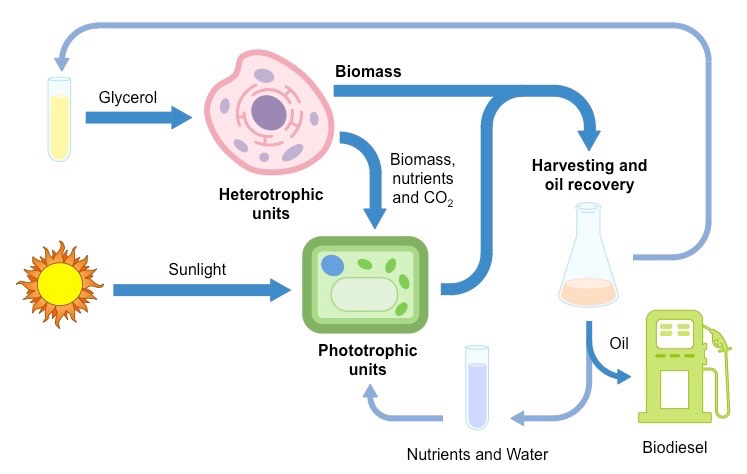![]()
Understanding:
• Carbon dioxide is produced by the combustion of biomass and fossilised organic matter

When organic compounds rich in hydrocarbons are heated in the presence of oxygen, they undergo a combustion reaction
- This reaction is exergonic (produces energy) and releases carbon dioxide and water as by-products
- The carbon dioxide is typically released into the atmosphere, increasing the concentration of the gas in the air
Example: Combustion of Propane = C3H8 + 5 O2 → 3 CO2 + 4 H2O + energy
Complete Combustion of a Hydrocarbon

Combustion Sources
1. Fossil Fuels
Organic compounds can become rich in hydrocarbons when compacted underground for millions of years
- The heat and pressure over time triggers a chemical transformation that results in the compaction of the organic matter
- The resulting products of this process are fossil fuels (coal, oil and natural gas)
- Because this geological process takes millions of years to occur, fossil fuels are a non-renewable energy source
2. Biomass
An alternative to relying on fuels produced by geological processes is to manufacture fuels from biological processes
- Living organisms produce hydrocarbons as part of their total biomass (either for use or as a waste product)
- These hydrocarbons can be extracted and purified to produce an alternative fuel source (e.g. bioethanol and biodiesel)
- Provided new raw materials are provided and waste products are removed, this source of energy is renewable
Producing Renewable Energy From Biomass

